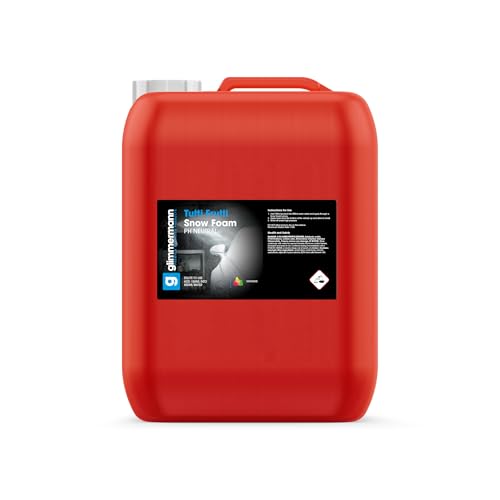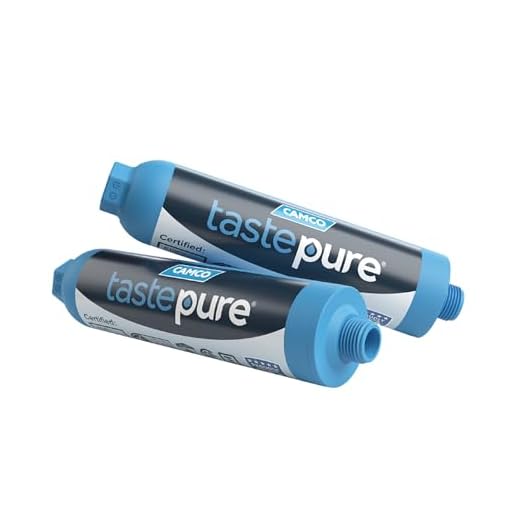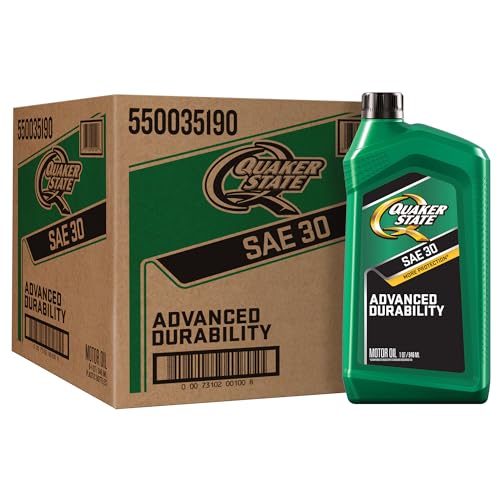
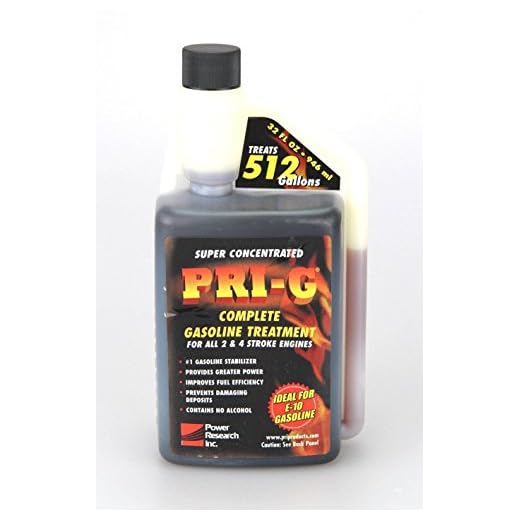
Regular maintenance is non-negotiable. Ensure you are checking the oil level and changing it as per the manufacturer’s recommendations. A well-lubricated pump functions more efficiently and extends its durability significantly.
Utilise a quality water filter to protect the internal components from debris and sediment. This small investment can save you from costly repairs and premature failure of your cleaning unit.
After every use, run clear water through the system to eliminate soap and residues. This practice prevents clogging and potential damage from trapped materials, ensuring reliable performance for years to come.
Store the equipment in a dry place to avoid moisture damage, particularly during colder months. Using protective covers can also help shield it from dust and environmental factors that could affect its longevity.
When you must replace any parts, opt for original or high-quality aftermarket components. Using subpar replacements can compromise the unit’s overall effectiveness and lifespan.
Lastly, adhere to the operational guidelines provided by the manufacturer. Many users overlook the specifics and end up pushing their machines beyond designed limits, resulting in early failures.
Maximise Lifespan of Your Cleaning Equipment
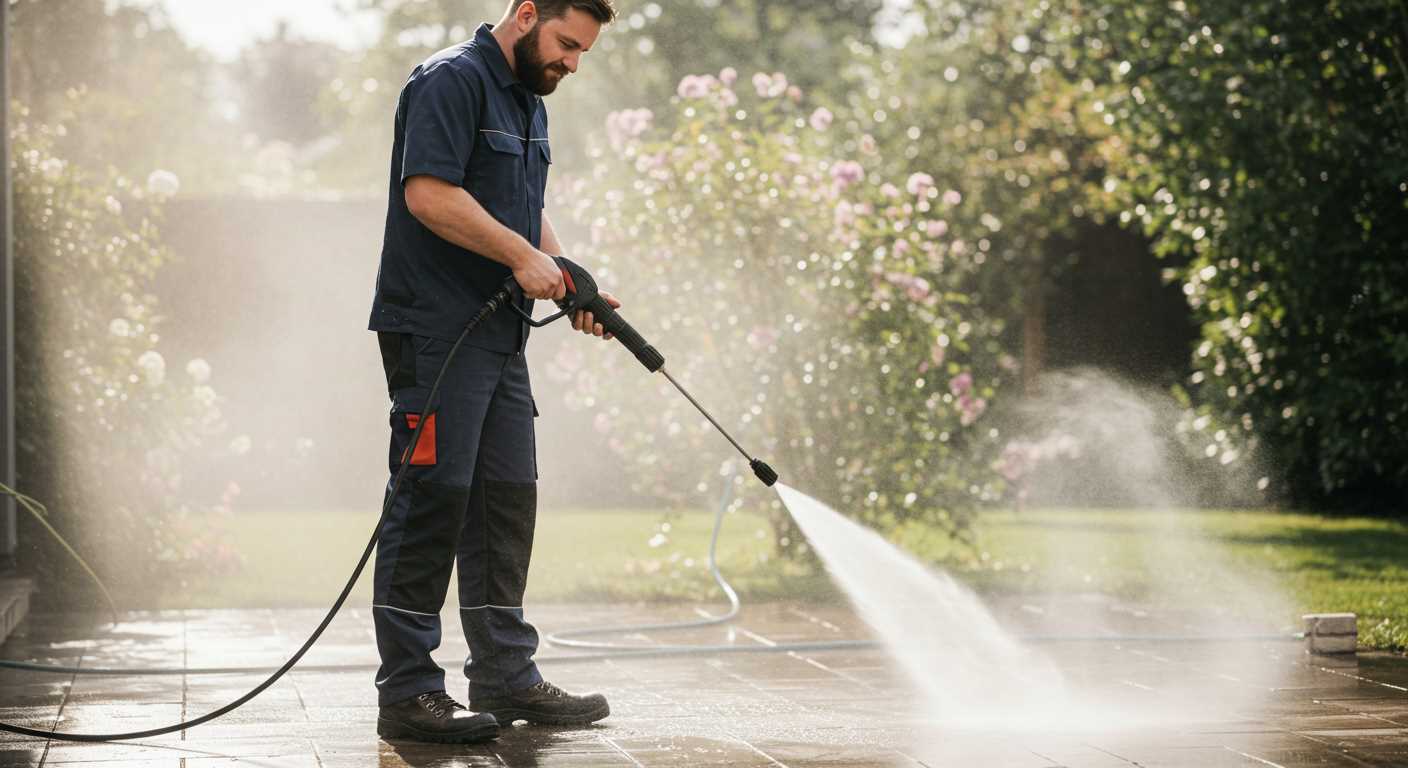
Invest in a quality surge protector. Voltage fluctuations can damage components; safeguarding against spikes prevents potential failures. Regularly inspect the electrical cord for frays and wear, replacing it if necessary to avoid hazardous situations.
Perform Routine Maintenance
Schedule a systematic cleaning of the nozzle, ensuring minimal clogs that hinder performance. Check the filter on a regular basis; a dirty filter impacts the flow and pressure. Lubricate any moving parts according to the manufacturer’s guidelines, as this reduces friction and prolongs functionality.
Proper Storage Techniques
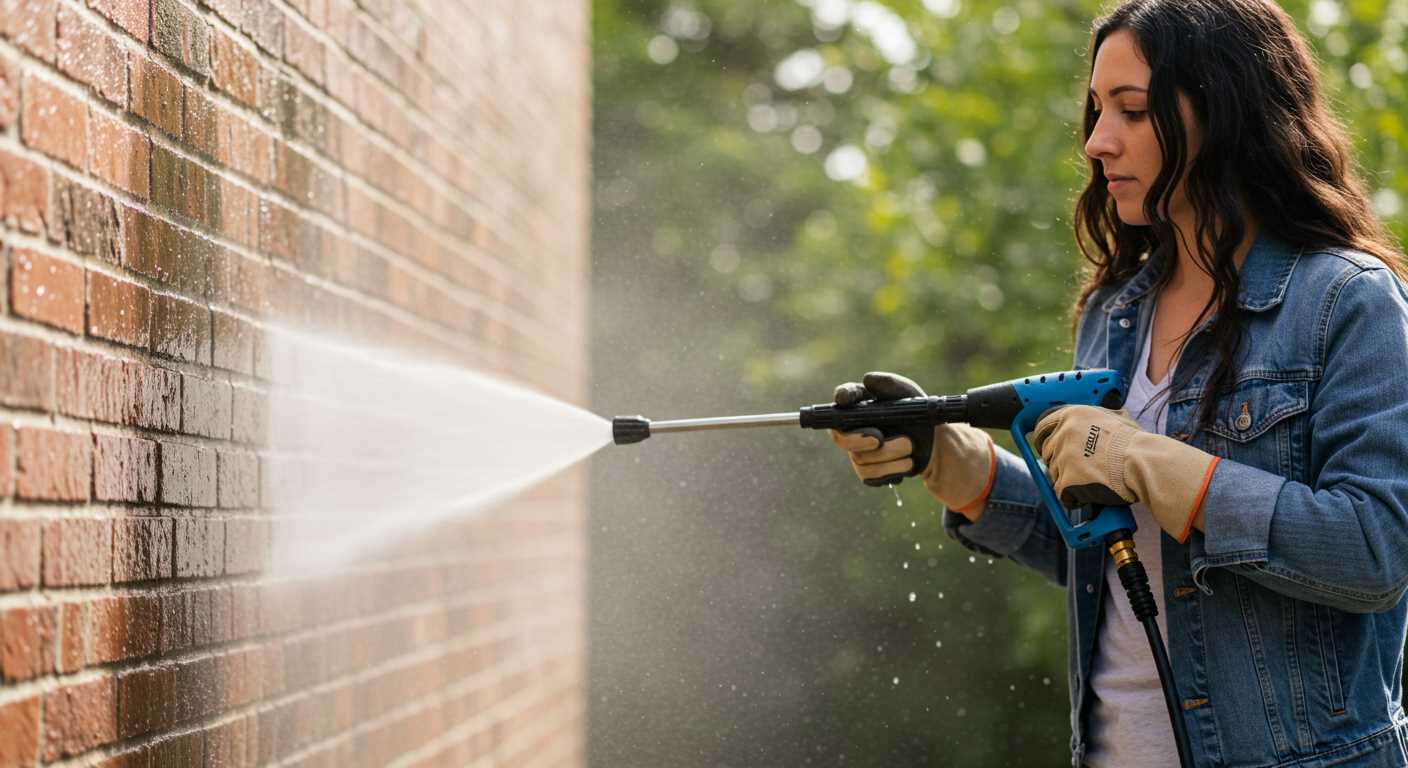
Store in a dry, climate-controlled environment to deter rust and corrosion. Detach hoses and nozzles to avoid kinks and leaks. If seasonal use is common, consider using antifreeze or pump protector to maintain optimal performance during dormant months.
Regularly Clean the Water Inlet Filter
Cleaning the water inlet filter is a straightforward yet critical maintenance task. I recommend checking this filter every month or after several uses, depending on water quality.
Follow these steps for effective cleaning:
- Turn off the machine and disconnect it from the power source.
- Locate the water inlet filter, typically found where the garden hose connects.
- Carefully unscrew the filter cover.
- Remove the filter and rinse it under clean water to eliminate any debris or blockages.
- Inspect the filter for damage; replace if necessary.
- Reinstall the filter and cover securely.
Make this cleaning process part of your routine. Keeping the filter free from clogs will maintain optimal water flow, reducing the risk of overheating and prolonging the life of your equipment.
If your water source contains high levels of sediment or debris, consider installing an additional inline filter to protect your inlet filter and improve performance.
Use the Correct Detergents and Cleaners
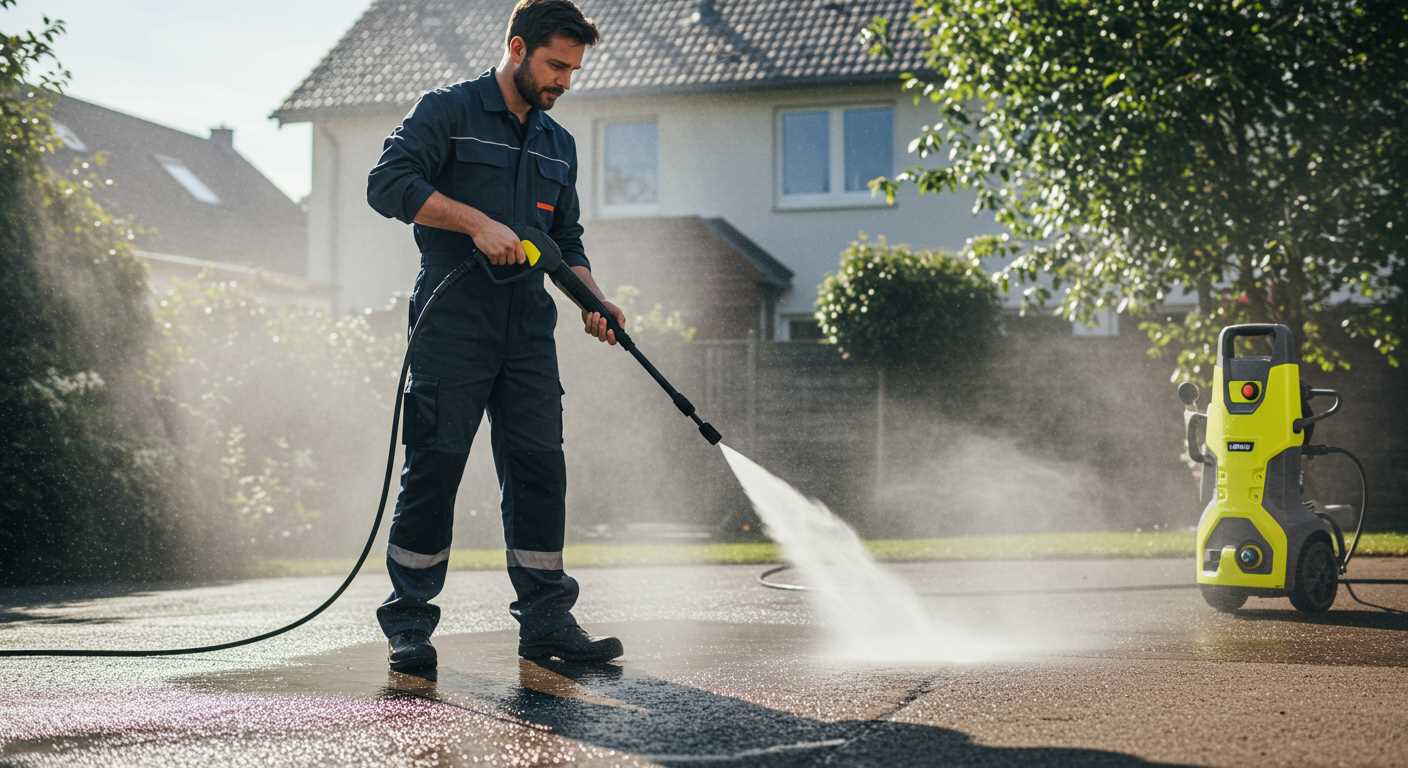
Selecting appropriate detergents and cleaners is critical for maintaining the functionality of your equipment. Always check for pH-neutral options specifically designed for your device type. Conventional household cleaners can cause significant wear and tear on the seals and components.
Choosing the Right Products
Look for biodegradable cleaners that effectively break down dirt and grime without harming the environment or your equipment. Many manufacturers provide recommendations for compatible cleaning agents on their websites or in user manuals.
Application Techniques
When applying detergents, avoid direct contact with sensitive parts. It’s best to use a foam cannon or adjustable nozzle to spread the cleaner evenly without creating excess pressure. Use appropriate dilution ratios according to the product’s instructions to prevent damage and ensure optimal results.
| Type of Cleaner | Recommended Use |
|---|---|
| Alkaline Cleaners | Effective for grease and oil removal, suitable for concrete and metal surfaces. |
| Acidic Cleaners | Best for mineral deposits and rust stains; ideal for areas with hard water. |
| Biodegradable Cleaners | Environmentally friendly, safe for all surfaces, best for regular maintenance. |
Consistently using the right detergents and cleaners will aid in extending the lifespan of your equipment while maintaining its performance. Always rinse thoroughly after cleaning to ensure no residue remains, which could lead to complications over time.
Avoid Running the Washer Without Water
It’s paramount to ensure that the unit is always supplied with water while operating. Running it dry, even for a brief period, can cause severe damage to internal components. The pump relies on water not only for cleaning but also for cooling and lubrication. Prolonged dry operation overworks the motor and leads to overheating, which may result in costly repairs or even complete failure.
Monitor Water Levels
Always check the water source before starting. Ensure there are no kinks in the hose and that the inlet is clear. A simple preliminary inspection can save you from unnecessary hassles. I strongly recommend connecting to a reliable water supply to maintain consistent flow throughout the cleaning process.
Install a Flow Switch
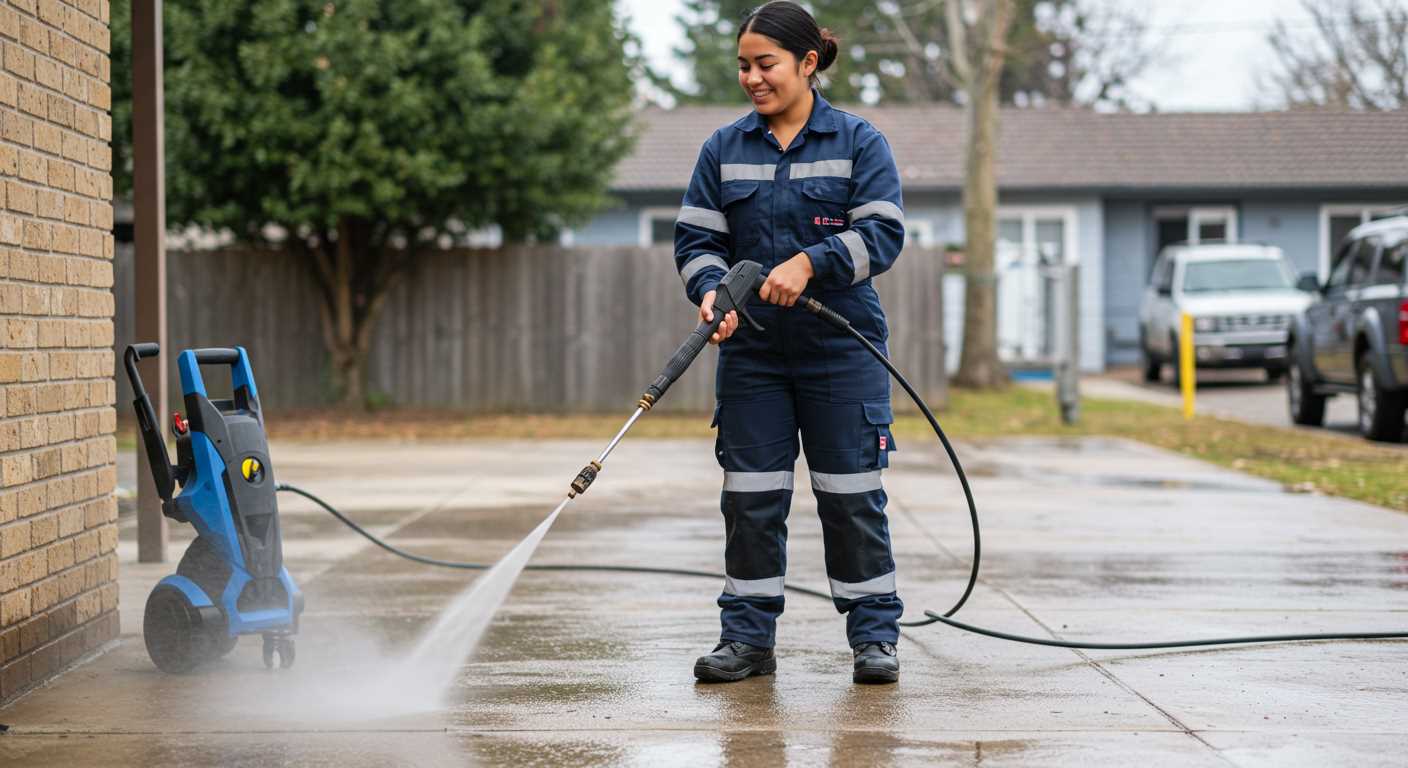
If you’re frequently forgetful or focused on your task, consider fitting a flow switch. This device automatically shuts off the motor if the water supply is interrupted, safeguarding against potential damage. It’s a small investment that can extend the life of your equipment significantly.
Store the Pressure Washer Properly During Off-Season
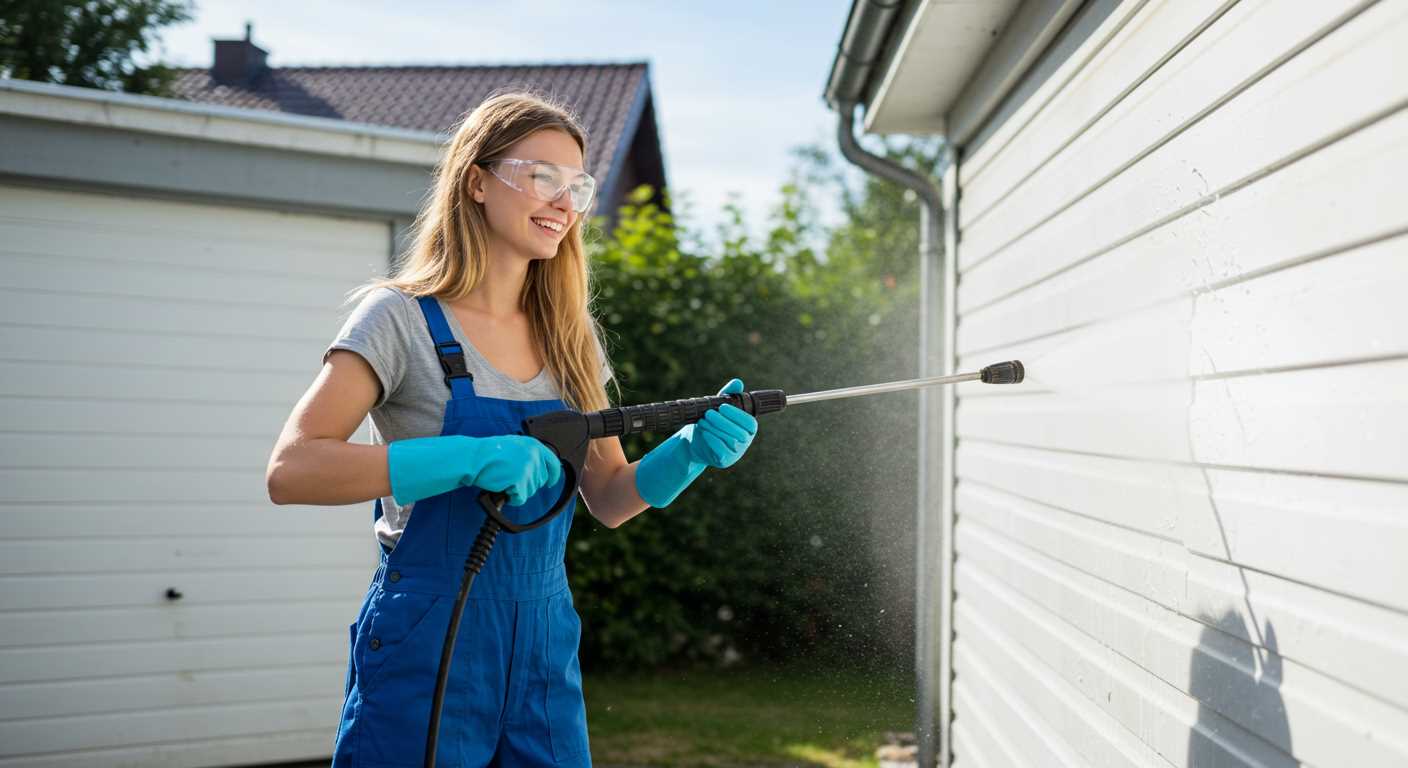
Always drain all water from the machine after each use. This prevents internal corrosion and damage from freezing temperatures. Next, store the equipment in a cool, dry location, ideally indoors. Avoid exposure to extreme weather, which can degrade materials and components over time.
Consider using a protective cover specifically designed for outdoor equipment. This will shield it from dust and moisture, further preserving the integrity of seals and fittings. Keep the unit elevated from direct contact with the ground to prevent moisture absorption.
Fuel Management
If your model operates on gasoline, drain the tank and add a fuel stabiliser before storing. This way, you avoid gum and varnish buildup in the fuel system that can hinder performance when you next need to use it. For electric units, ensure the cord is coiled safely to prevent damage.
Regular Inspections
Make it a habit to inspect the machine for wear and tear during the offseason. Check hoses, fittings, and seals for any signs of deterioration. Keeping a log of any needed repairs or replacements can help maintain the efficiency of the device once it’s back in action.
By adhering to these storage guidelines, you’ll significantly enhance the longevity of your cleaning equipment, ensuring it remains reliable and ready for use when the season returns.
Inspect and Replace Worn Out Hoses
Regularly examine hoses for signs of wear, such as cracks, abrasions, or kinks. These issues can lead to leaks, significantly reducing performance. If you notice any damage, replace the hoses immediately to maintain optimal functionality. When selecting new hoses, ensure they are rated for high pressure to withstand operational demands.
Check the connections at both ends for secure fittings, as loose connections can also create leaks. It’s advisable to use manufacturer-recommended hoses, as they are designed specifically for your equipment. Consider keeping a spare hose on hand to minimise downtime during inspections.
During storage, avoid coiling hoses too tightly, as this can cause permanent damage. Instead, loosely coil them and store in a cool, dry place to prolong their life. Regular maintenance of hoses directly translates to more reliable operation and fewer repairs over time.
Keep the Nozzle Free from Clogs
Regularly inspect and clean the nozzle to maintain optimal functionality. A clogged nozzle can reduce water flow and pressure, leading to ineffective cleaning. Follow these steps for maintenance:
- Detach the nozzle from the lance.
- Soak it in a solution of warm water and vinegar for 30 minutes to dissolve any mineral deposits.
- Use a thin needle or a toothpick to carefully clear any remaining debris from the nozzle tip.
- Rinse the nozzle thoroughly with clean water, ensuring that no cleaning solution residue remains.
- Reattach the nozzle and test the flow before beginning your cleaning tasks.
Avoid using high-pressure settings while cleaning the nozzle to prevent damage. It’s wise to examine the nozzle after every significant usage interval. Build-ups may occur after using certain detergents or if working in environments with high sediment levels.
If you encounter persistent blockages, consider replacing the nozzle. Most models come with interchangeable nozzles designed for specific cleaning tasks, enhancing both performance and durability.
Follow Manufacturer’s Maintenance Guidelines
Consult the user manual for specific upkeep instructions tailored to your model. Adhering to these suggestions helps ensure optimal functionality and durability. Schedule regular checks based on the guidelines for filter cleaning, oil changes, and component inspections.
Key Maintenance Practices
Some fundamental maintenance practices include:
| Task | Frequency |
|---|---|
| Inspect and clean filters | Every use |
| Check and replace oil | Every season |
| Tighten fittings and connections | Monthly |
| Inspect hoses for wear | Every use |
Documenting Maintenance
Keep a log of all maintenance activities. Recording actions taken and any parts replaced helps track the health of the equipment and informs future maintenance decisions. This proactive approach prevents unexpected challenges.
Monitor and Maintain the Pump Oil Level
Regular checks of the pump oil level should be part of your routine. A well-lubricated pump operates smoothly, reducing wear on internal components and enhancing its lifespan.
Steps to Check and Change Oil
- Consult your manual to identify the oil type required for your specific unit.
- Use a dipstick or sight glass, if available, to check the oil level–ensure it stays within the recommended range.
- Look for signs of contamination or a milky appearance, which indicates water ingress.
- Change oil according to the recommended schedule, typically after every 50 hours of use or at the start of each season.
Utilising high-quality oil is crucial for maximum performance and longevity. Avoid mixing different oils, as this can compromise lubrication. Make certain to store oil in a cool, dry place and dispose of used oil responsibly.
Signs of Insufficient Oil
- Pumping becomes less efficient, or there are unusual noises during operation.
- Visible signs of overheating or unusual vibrations.
- Oil leaks around the pump area.
Addressing low oil levels immediately can save you from costly repairs in the future. Keeping a close eye on the pump oil ensures your equipment remains in peak condition.
FAQ:
What regular maintenance should I perform to extend the life of my pressure washer?
To keep your pressure washer functioning well for a longer period, it’s important to carry out regular maintenance tasks. Start by inspecting and cleaning the filter regularly to prevent dirt from clogging the system. Make sure to drain the water from the pump when you’re not using it and consider using a pump saver fluid during off-seasons to protect the components from freezing. Additionally, check the hoses and connections for any signs of wear and replace them if needed. Keep the entrance to the jet nozzles clear of debris and clean them after every use. Regularly checking the oil level and changing the oil as per the manufacturer’s recommendations will also contribute significantly to the longevity of your machine.
Are there any specific techniques or tips for storing a pressure washer to ensure it lasts longer?
Proper storage is key to prolonging the life of your pressure washer. After each use, make sure the machine is completely cleaned and all water is drained from the pump and hose. Store the pressure washer in a dry, sheltered area to protect it from extreme weather conditions. Additionally, it’s wise to unplug any electrical components and remove any attachments to lessen wear on hoses or cables. Using a designated cover can also prevent dust accumulation and damage from moisture. If you plan not to use the washer for an extended period, consider using a pump protector or stabiliser in the fuel system to keep it in good working order.
What types of fuel should I use for my pressure washer, and how can it affect its lifespan?
The type of fuel you use can significantly impact the lifespan of your pressure washer. It’s advisable to use fresh, high-quality fuel recommended by the manufacturer, often stated in the user manual. Avoid using fuel that contains more than 10% ethanol, as this can cause corrosion in the fuel system and lead to decreased performance. Always check for old or stale fuel in the tank if the machine has been sitting for a while. Consider using a fuel stabiliser if the pressure washer will be inactive for an extended time, as this can prevent fuel degradation and keep engine components cleaner. Proper fuelling practices can result in smoother operation and a longer-lasting machine.

